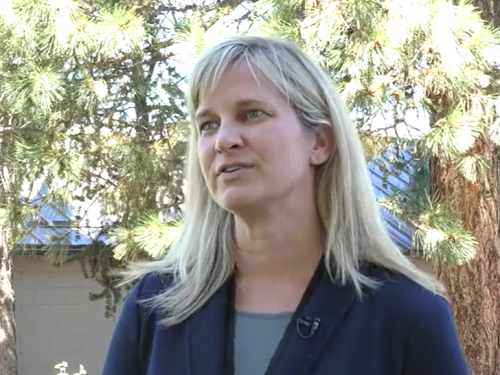In this episode of the Environmental Technical Assistance Program or ETAP Podcast, Cidney Bowman (above) – wildlife passage program coordinator for the Oregon Department of Transportation – discuss the different types of projects deployed by the agency to help prevent wildlife-vehicle collisions while at the same time improving habitat connectivity.
[Above photo by the Oregon DOT]
The ETAP podcast – a technical service program for state departments of transportation provided by the American Association of State Highway and Transportation Officials – explores a wide array of environmental topics that affect transportation and infrastructure programs.
During this month’s podcast, Oregon DOT’s Bowman also digs into what the U.S. Department of Transportation calls a “first-of-its-kind” pilot program that makes $350 million available over the next five years.
That includes more than $111 million in grants through its first round of funding in 2023, to support projects that prevent wildlife-vehicle collisions and improve habitat connectivity on a national basis.
[Editor’s note: In the video below, Bowman explains how wildlife undercrossings improve safety for animals and motorists alike.]
That federal funding supports both construction and non-construction projects, Oregon DOT noted – covering research, planning, and design endeavors that increase animal safety on roads.
Wildlife-vehicle collisions represent a major challenge across the country, according to USDOT data, totaling roughly 1 million to 2 million large animal impacts per year, which injure 26,000 people, cause 200 deaths, and results in $8 billion in property damage.
Oregon DOT has successfully enacted a variety of wildlife-collision prevention projects over the past several years, which reduced wildlife-vehicle collisions statewide by 86 percent
To listen to this podcast, click here.

